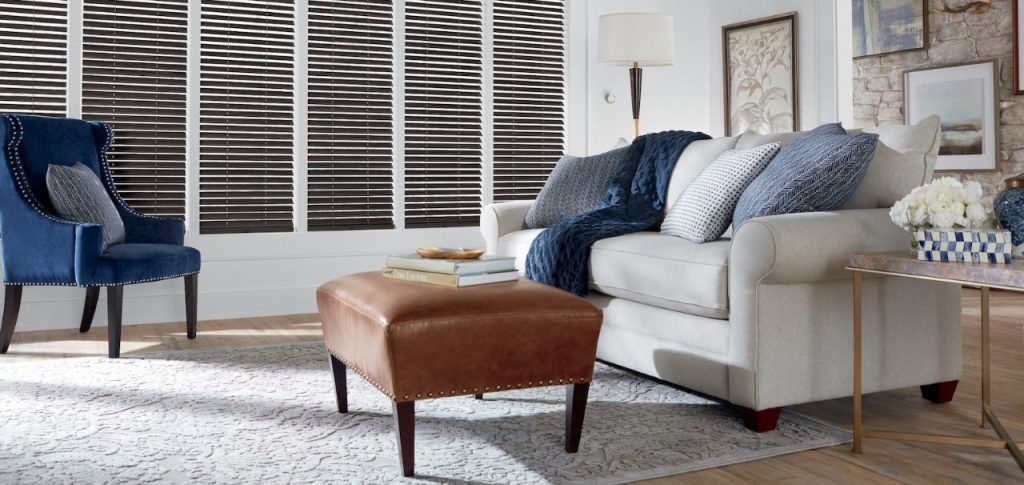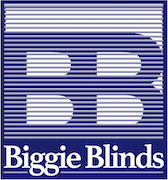Decorating with Complementary Colors

OPPOSITES ATTRACT
- Reds and greens
- Shades of orange and blue
- Hues of purple and yellow
A MODERN TAKE ON COMPLEMENTARY COLORS
Nature is full of complementary colors, such as dramatic red roses on stems with bright green leaves, delicate pansies with their purple and yellow color combination, and bright blue sky and sea positioned near golden sand.
For a more modern take on complementary colors, you can use shades that are not exactly across the color wheel, or you can be a bit creative with the complementary color concept.
Think about innovative hues such as tangerine and turquoise, fuchsia and lemon, sky blue and terra cotta, pink grapefruit and acid green, burnt orange and sage green, or soft aqua blue and tomato red.
WHERE TO USE COMPLEMENTARY COLORS
If you feel cautious about adding complementary colors, start small with elements like a painted wall, a painted bench, sofa pillows, throws, flower arrangements, or slip covers.
Then, as you become more confident, you can ratchet up your color scheme with larger and more permanent items like upholstery fabrics and window fashions.
For your next interior design project, balance your interior design plans beautifully by selecting complementary colors.



